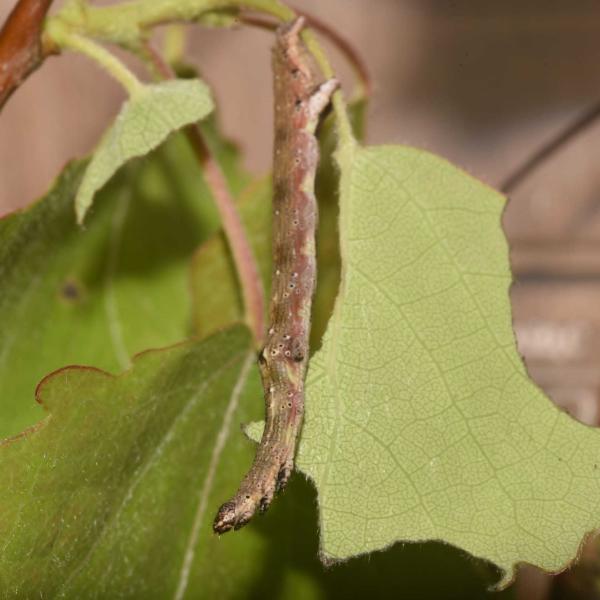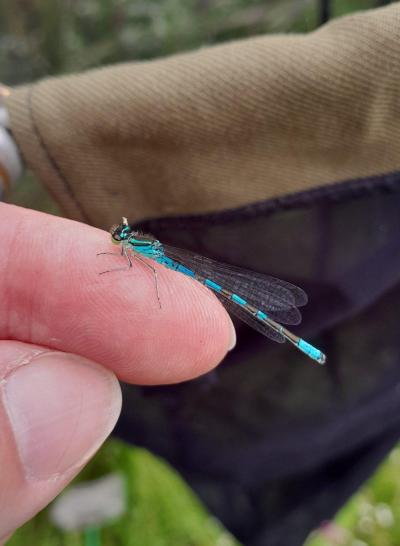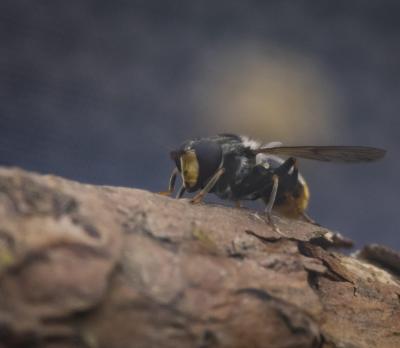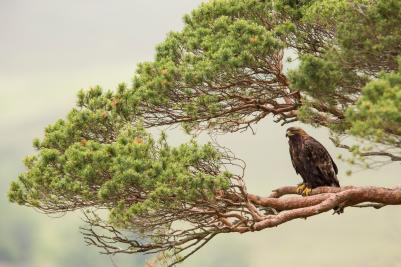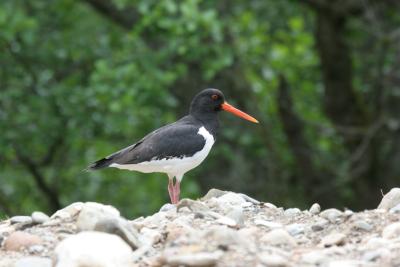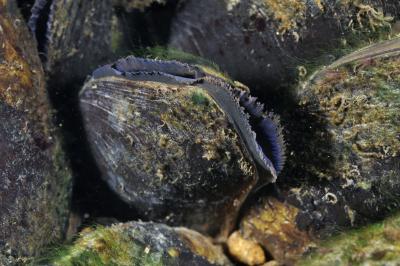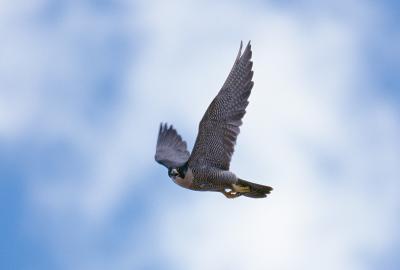Dark bordered beauty
Epione vespertaria

The dark bordered beauty is a small moth that has become extremely rare. Only three places across the whole of the UK are known to provide these stunning invertebrates with a home, two of which are in the Cairngorms National Park.
Factsheet
Lifespan: One year
Best time to spot: Caterpillars from May to July, moths in July and August
It’s easy to see where this species’ name came from. Adult moths have ochre-yellow wings, cut through with orange-hued lines and bordered with a brown strip which follows the contours of the wing’s edge. Males are darker than females and easier to spot, since they fly more often. With a wingspan of 24-28mm, dark bordered beauties are relatively small moths.
One of the main reasons the population of dark bordered beauties has declined to such extreme levels is linked to their very specific dietary requirements.
In England, the dark bordered beauty favours creeping willow, whereas, in Scotland it relies on aspen suckers as their only food source. As aspen trees don’t often produce seed, they mostly spread by putting up suckers, or clone shoots from the tree’s root system. Because these moths have a limited flying range, they need a close network of aspen woodland with plentiful suckering to survive.
Aspen tree growth in Scotland is fragmented, and there are often large distances between stands. This means very few places have the right amount of new-growth aspen to support a rise in dark bordered beauties.
Did you know?
The dark bordered beauty is a small moth that has become extremely rare. Only three places across the whole of the UK are known to provide these stunning invertebrates with a home, two of which are in the Cairngorms National Park.
Factsheet
Lifespan: One year
Best time to spot: Caterpillars from May to July, moths in July and August
It’s easy to see where this species’ name came from. Adult moths have ochre-yellow wings, cut through with orange-hued lines and bordered with a brown strip which follows the contours of the wing’s edge. Males are darker than females and easier to spot, since they fly more often. With a wingspan of 24-28mm, dark bordered beauties are relatively small moths.
One of the main reasons the population of dark bordered beauties has declined to such extreme levels is linked to their very specific dietary requirements.
In England, the dark bordered beauty favours creeping willow, whereas, in Scotland it relies on aspen suckers as their only food source. As aspen trees don’t often produce seed, they mostly spread by putting up suckers, or clone shoots from the tree’s root system. Because these moths have a limited flying range, they need a close network of aspen woodland with plentiful suckering to survive.
Aspen tree growth in Scotland is fragmented, and there are often large distances between stands. This means very few places have the right amount of new-growth aspen to support a rise in dark bordered beauties.
Did you know?
Eggs are laid during the short reproductive season in July and August, and they overwinter in egg form until the larvae hatch in May. From this point until they pupate (transform from a caterpillar into a moth) in early July, the caterpillar must eat enough to see it through the rest of its life.
To be in with a chance of spotting these rare beauties in the Cairngorms National Park, you’ll need first to find a group of aspen trees with suckers. You’ll also require a keen eye, as the moths are perfectly evolved to blend in with aspen leaves and so can be very hard to identify. Males are most likely to fly on warm, sunny days and at dusk and dawn, while females remain very close to the trees.
An ongoing project involving several partners, including the Royal Zoological Society of Scotland, is attempting to increase the population of dark bordered beauties. A colony that lived in the National Park, near Grantown-on-Spey, disappeared in 2019. Experts have put this down to overgrazing.
Conservation efforts involve identifying new sites in the National Park with a large number of suckering aspen. In these optimum locations, both dark-bordered beauty eggs and caterpillars are released.
The Rare Invertebrates in the Cairngorms (RIC) is a partnership project working to reverse the fortunes of the aspen hoverfly, along with several other rare insects in the Cairngorms. To find out more about the project’s work and get involved, visit: https://rare-inverts-rspb.hub.arcgis.com






